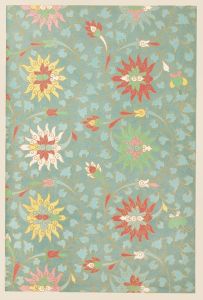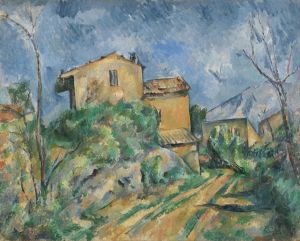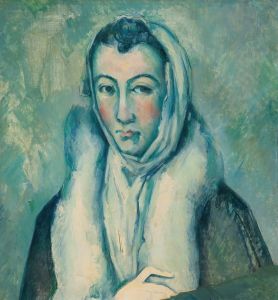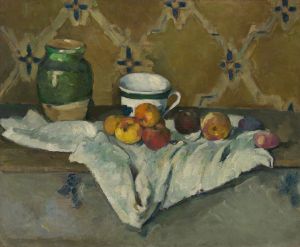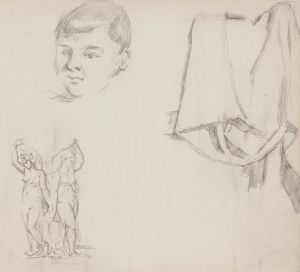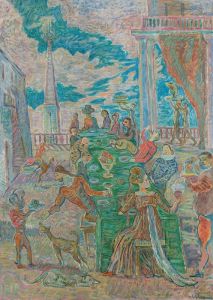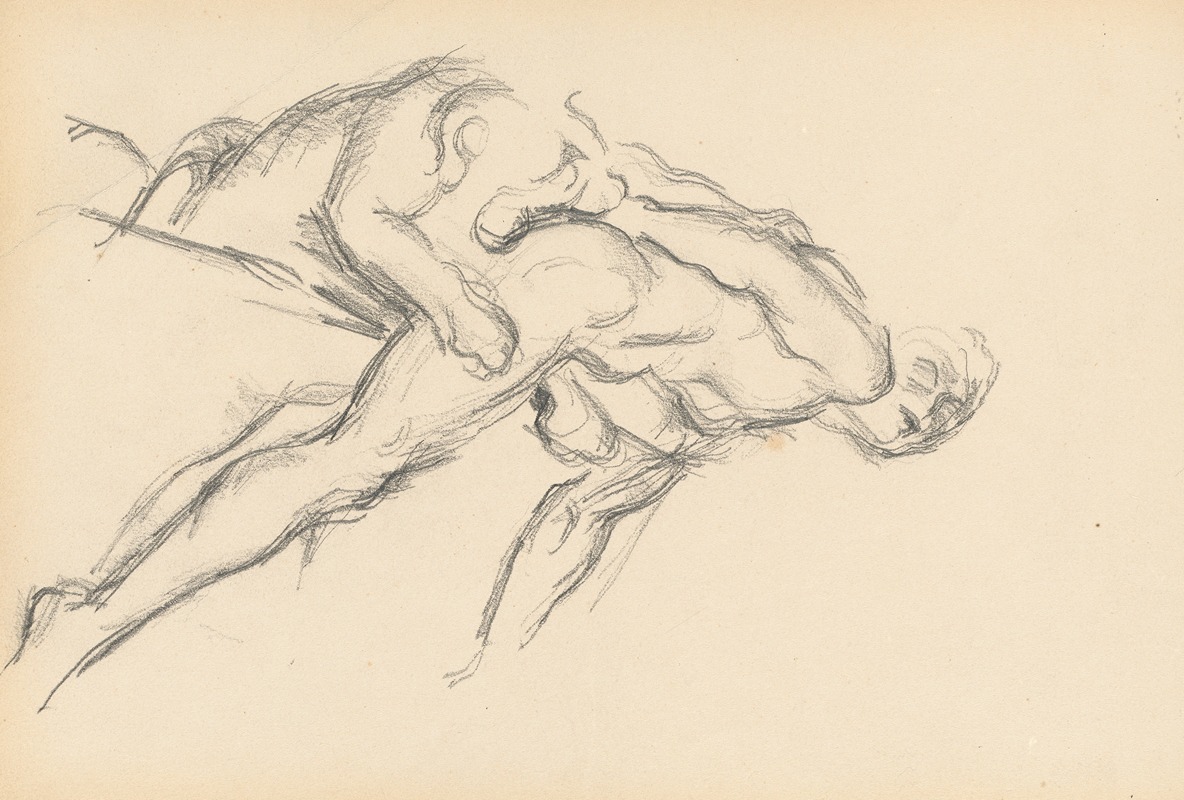
Study of Puget’s ‘Milo of Crotona’
A hand-painted replica of Paul Cézanne’s masterpiece Study of Puget’s ‘Milo of Crotona’, meticulously crafted by professional artists to capture the true essence of the original. Each piece is created with museum-quality canvas and rare mineral pigments, carefully painted by experienced artists with delicate brushstrokes and rich, layered colors to perfectly recreate the texture of the original artwork. Unlike machine-printed reproductions, this hand-painted version brings the painting to life, infused with the artist’s emotions and skill in every stroke. Whether for personal collection or home decoration, it instantly elevates the artistic atmosphere of any space.
Paul Cézanne's Study of Puget’s ‘Milo of Crotona’ is a painting that reflects the artist's engagement with classical sculpture and his exploration of form, structure, and composition. Created in the late 19th century, this work is a study of Pierre Puget’s baroque sculpture Milo of Crotona, which depicts the legendary Greek athlete Milo being attacked by a lion after his hand becomes trapped in a tree trunk. Puget’s original sculpture, completed in the late 17th century, is housed in the Louvre Museum in Paris.
Cézanne’s painting is not a direct reproduction of Puget’s sculpture but rather an interpretation that emphasizes the artist’s unique approach to depicting volume and space. The work demonstrates Cézanne’s interest in the interplay between light and shadow, as well as his focus on the underlying geometric forms that structure the human body. By studying Puget’s Milo of Crotona, Cézanne engaged with the classical tradition while simultaneously pushing the boundaries of representation, a hallmark of his contribution to modern art.
This painting is part of Cézanne’s broader practice of studying and reinterpreting works from the past, including both sculptures and paintings. Such studies allowed him to refine his technique and develop his distinctive style, which would later influence movements such as Cubism and modernism. Cézanne’s approach to Study of Puget’s ‘Milo of Crotona’ exemplifies his methodical and analytical process, as he sought to capture the essence of the subject rather than its exact likeness.
The painting is notable for its dynamic composition and the way Cézanne simplifies and abstracts the forms of the sculpture. The use of color and brushwork in the study reflects Cézanne’s evolving technique, which aimed to convey the solidity and permanence of objects while maintaining a sense of movement and vitality. This work is an example of how Cézanne bridged the gap between traditional academic art and the innovations of modern painting.
Today, Study of Puget’s ‘Milo of Crotona’ is recognized as an important piece within Cézanne’s oeuvre, illustrating his deep engagement with art history and his role in shaping the trajectory of Western art. The painting is held in the collection of the Musée Granet in Aix-en-Provence, France, Cézanne’s hometown.






